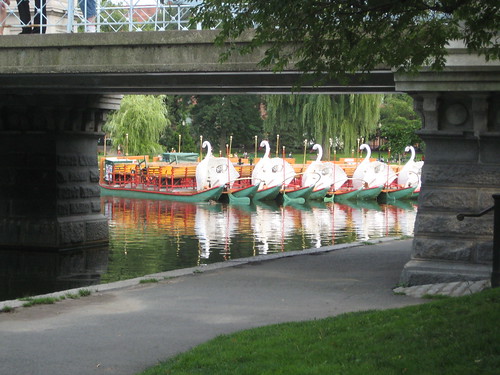The Office of the Assoicate Provost for Multicultural Affairs and Academic Initiatives presents Blackboard Jungle 2 Symposium March 27 and 28. For more information and to register visit the website
The Center for Teaching and Learning is pleased to present two events associated with professional development opportunities offered this week:
- Multicultural Education at UVM: Dialogue on Dimensions,Monday, March, 30, 12:00 – 1:30 pm
UVM’s Diversity Requirement seeks to advance multicultural education at the curricular level. During this colloquium, faculty who are teaching approved Diversity 1 and 2 courses will examine their courses through the lens of Dr. James Banks’ “dimensions of multicultural education,” discussing content integration, knowledge construction, prejudice reduction and equity pedagogy. - Universal Design For Learning in the 21st Century,
Wednesday, April, 1, 9:00 – 10:30 am
Workshop: In any semester, approximately 75% of UVM faculty will teach a student with a documented disability. Universal Design For Learning (UDL) outlines course development and teaching strategies that will not only meet the needs of those students, but will also enhance learning for all students. Join us for a discussion on applying UDL principles and strategies to meet our diverse student needs related to physical and cognitive ability, social class, primary language, ethnicity and culture.
For more information and to register, please go to the “Events” link on the left menu.


